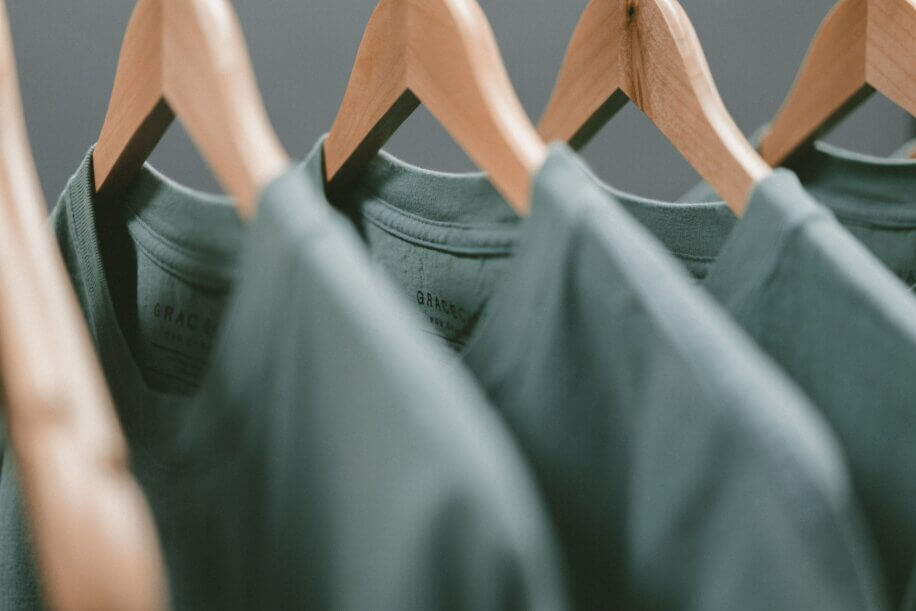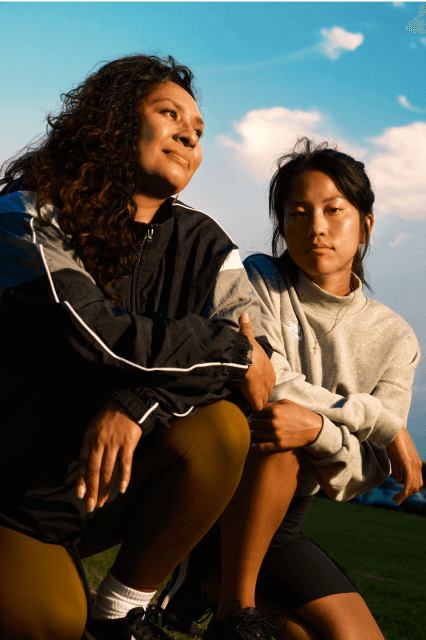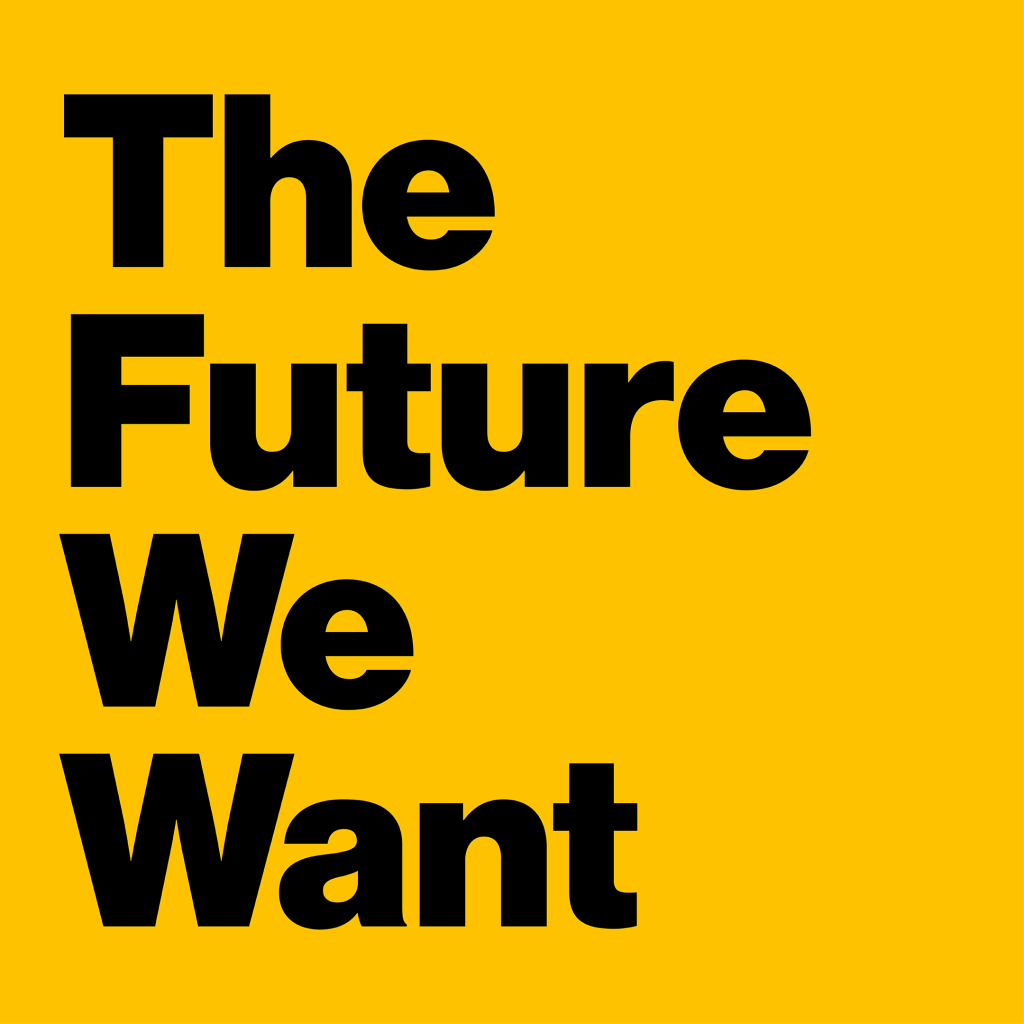Fueling the Sustainable Fashion Movement

Unlocking "The Pull Factor" to Tip Fashion Toward a Sustainable Future
Related: Read our 2022 report, Circular Fashion is Now
The past decade has seen seismic shifts in the fashion industry driven by a demand for action on sustainability. Internet searches for “sustainable fashion” tripled between 2016 and 2019. Brands launched take-back programs to collect and recycle used garments and unveiled limited edition products made from soda bottles and ocean plastic. Companies set goals to use 100% recycled or sustainable materials, eradicate single use plastic, transition to green packaging, and drastically reduce their carbon footprints. And the G7 summit in 2019 marked the launch of the Fashion Pact, a global coalition of companies committed to reinventing the fashion and textiles industry to stop global warming, restore biodiversity and protect the oceans. More than 50 companies representing some 200+ brands have signed on.
In our work developing new apparel brands like the direct-to-consumer, inclusive fashion line Ryllace and the refurbished apparel collection The North Face Renewed, and helping sustainable fashion pioneer Eileen Fisher inspire relevance, loyalty and love among a new generation, BBMG has been at the forefront of designing forward-looking fashion brands that win with style-and-sustainability-minded Aspirational consumers.
What Matters to Today’s Apparel Shopper?
Over the past year, we’ve been exploring the needs, priorities and desires that fuel people’s relationship with brands and unlock new ways to make sustainable living more accessible, desirable and rewarding for more people.
In the apparel category, our research found that while quality, price and style remain the leading factors driving purchase behavior, sustainability and social impact are increasingly driving brand differentiation, loyalty and peer-to-peer evangelism.
Fashion influencers – the household decision-makers who are active recommenders of fashion brands to others – are more likely than our respondents overall to seek out brands that offer “innovation and new features” (+9%), highlight the “origin of where a product comes or if it’s locally made” (+6%), have an environmental certification label on the packaging (+6%) and are “made by a company with fair labor practices” (+5%).
Importantly, these benefits also influence category behavior as well. Active influencers in apparel are significantly more likely than respondents overall to “recycle clothing items you no longer need” (+8%), “resell clothing items you no longer need” (+8%), “purchase products with less packaging” (+8%) and “purchase items made from recycled materials (e.g., polyester, recycled plastic bottles)” (+6%).
And, in a sign that circular fashion is going mainstream, nearly one-quarter of apparel shoppers is “renting clothing items” some or most of the time (23.7% all respondents; 26.8% active influencers).
So, as a new wave of influencers increases demand for sustainable fashion, how can brands deliver brand relevance, build authentic connections and break through in culture?
Introducing the Pull Factor Framework
To help forward-thinking brands meet this moment, BBMG partnered with Sustainable Brands and nine global brand leaders to develop The Pull Factor Framework – a new methodology designed to make sustainable living easier and more rewarding for more people around the world.
By uniting what people want with what the world needs and what brands uniquely offer, our model leverages the dynamics of human desire to unleash creativity, spark sustainable growth and drive positive impact at scale.

Fashion Brands Meeting the Needs of People and Planet
By uniting what people want with what the world needs, fashion brands are taking the “Pull Factor” approach to deliver on sustainable brand innovation.
Luxury U.K. department store Harvey Nichols now has an after-care service called The Restory that offers not only to repair and restore premium items but even “reimagine” them. Services that allow consumers to repair rather than replace worn out apparel also meet our human need to feel savvy — to outsmart the system and make the most of what we have.
The subtle genius of L.L. Bean’s hand-me-down trail tags on its children’s garments caught the eye of moms (including the BBMG moms like me) who treasure the ritual of passing on clothes from one kiddo to another — and appreciate durable products that aren’t destined for the landfill anytime soon. The fact that the tag is designed like a hiking trail showing the names of little explorers who have journeyed in these clothes before really speaks to our human desire to feel rooted and connected to nature and rituals and traditions that make us feel grounded through change.
And Everlane has garnered fame and admiration by championing radical transparency – making sure consumers are aware of specifically where, how and at what cost their clothes are being manufactured. Knowing where and by whom Everlane’s garments are made also helps customers feel a sense of belonging, of being part of something bigger than themselves. Investing in a quality garment is so much more satisfying when you can picture the craftsperson whose livelihood you’re supporting.
Moving Fashion Forward
As we enter a new decade, we see a new era for fashion where brands leverage The Pull Factor to tell new stories, shift behaviors and make sustainable living more accessible, desirable and rewarding for more people around the world.
What might your brand bring to the equation that helps tip fashion toward a sustainable future?
To explore the Pull Factor Project in more detail, click here to download the full length report.
Want to introduce the Pull Factor to your team? Contact us about having BBMG present the findings or facilitate a workshop.


